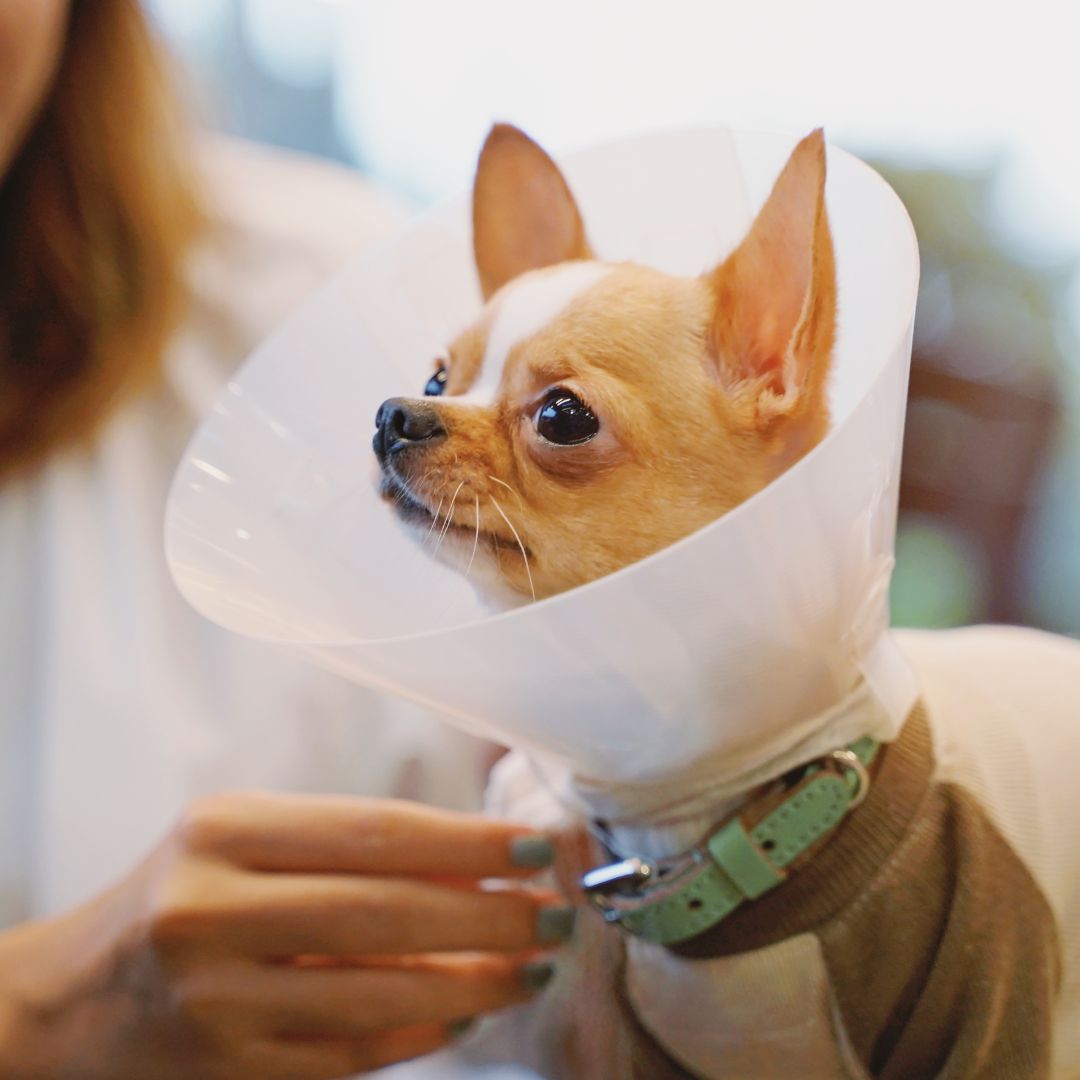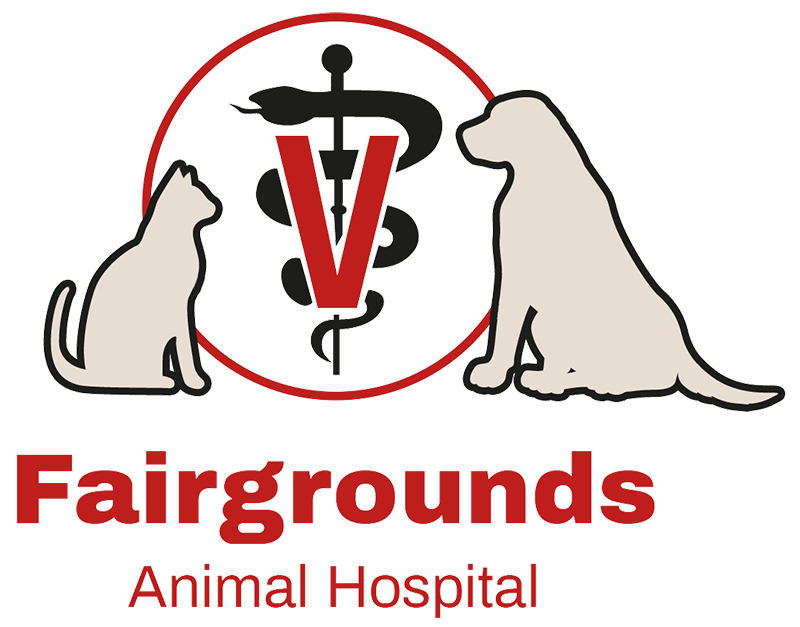Pet Spaying and Neutering
Spaying and neutering is a routine preventative care procedure for most cats and dogs. Our expert veterinary team conducts this operation quickly and effectively to give your companion a lifetime of greater health and safety.

Pet Spaying and Neutering
This procedure has many benefits and low risks compared to the risks of remaining intact and is preferably done between 6 to 12 months of age if the patient will not be a breeding dog or cat.
Spaying and neutering is a smart preventative care decision that will have lifelong benefits to the health and happiness of your pet. Modern advances in veterinary medicine have made spaying and neutering largely safe procedures with short anesthetic and recovery time and little pain to manage. There are many reasons besides pregnancy prevention to spay and neuter your pet, and many have to do with the quality of life and happiness for your pet and your whole family!
Key Benefits
- Reduction or elimination of roaming to find a mate, resulting in reduced risk of contagious diseases and roaming-related injuries (like being struck by a car) for both dogs and cats
- Reduced chances of fierce catfights in male cats, many of which can be fatal and transmit serious blood-borne diseases
- Drastic reduction of the risk of prostate enlargement and prostate cancer in males
- Elimination of the risk of testicular cancer in males
- Reduction or elimination of behavioral issues that are largely influenced by hormones, such as aggression and inappropriate urinary “marking”
- Elimination of the risk of uterine and ovarian cancer in females
- Drastic reduction of the risk of malignant mammary tumors in females
- Elimination of the risk of the costly and often fatal Pyometra, or bacterial uterine infection in females
- Prevention of pregnancy-induced eclampsia (a calcium deficit that causes seizures and death) and other sometimes fatal, costly complications of labor and delivery in pregnant females
There are also many practical economic benefits to these preventative procedures. Spaying and neutering usually cost below $400-500 unless a disorder or pregnancy is involved. A pet that is diagnosed with cancer or pyometra, on the other hand, is very expensive to treat. The cost of surgery and hospitalization often surpasses $2000 and is not guaranteed to save the patient. The prognosis is most often poor by the time these cancers and uterine infections are diagnosed because our pets can’t tell us when they don’t feel good, and we don’t always notice outward symptoms early. Cats are prey animals with a biological urge to hide injury and illness to avoid attracting the attention of predators.
It’s never too late to spay or neuter, and most healthy older pets do very well. As they say, an ounce of prevention is worth a pound of cure!
